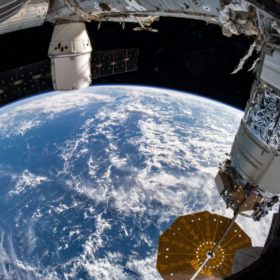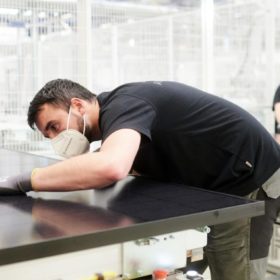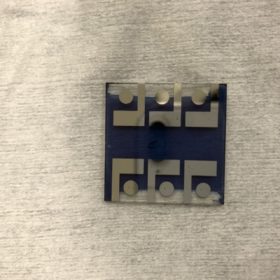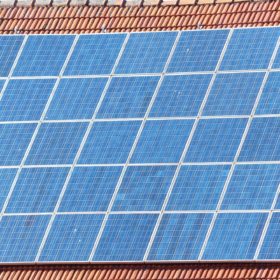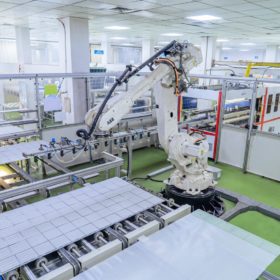Roll-out solar arrays installed in successful NASA spacewalk
The first new ISS Roll-Out Solar Array (iROSA) has been installed on the International Space Station.
Saule Technologies opens perovskite solar cell factory in Poland
The Polish perovskite solar cell specialist claims to be the first company in the world to have commissioned commercial production of the technology.
JinkoSolar, Longi, JA Solar claim 182mm modules offer lowest LCOE for utility scale solar
In a white paper, the three Chinese module manufacturers have reiterated the well-known refrain “bigger is not always better.” Experts from the three companies compared the BoS costs of 182mm-wafer-based modules and 210mm products, and found that the former have a slight advantage in racking, foundation, and land costs.
China’s Jinchen holds 10 GW of solar production line orders from India
Jinchen Machinery has landed module production equipment orders from leading Indian solar manufacturers. It has already installed 2 GW of production lines and plans to supply the balance within three months. The company will open an India office in Surat, in the state of Gujarat.
Is large scale solar ready for the North Pole?
Norwegian researchers have conducted a study to assess the technical feasibility of solar parks in polar regions. They found out that snowdrifts may be a major issue but they also believe that snow accumulation can be reduced through snow fences and proper system design.
US Congress urges Border Patrol action on forced labor allegations
Members of the U.S. Congress have called on the Customs and Border Protection commissioner, Troy Miller, to take immediate action regarding polysilicon products entering the United States from Xinjiang, China.
Meyer Burger wants to build another 400 MW factory
The Swiss manufacturer has secured €185 million for the expansion of its cell and module production. Meyer Burger no longer wants to sell its solar cells to third parties in the future.
Organic solar cell with 18.4% efficiency via new electrode coating
Saudi scientists built the cell’s electrode with a hole-transporting molecule called Br-2PACz and not with the commonly used PEDOT:PSS. It helped improve the photovoltaic cell efficiency by around 0.9%.
Chinese PV Industry Brief: New incentives for rooftop PV, TBEA increases stake in Xinte
China’s National Development and Reform Commission (NDRC) has allocated RMB500 million (US$78.1 million) for the incentive scheme for residential PV in 2021. Chinese electronic engineer TBEA is set to raise its controlling stake in polysilicon manufacturer Xinte Energy as it attempts to fund a planned 100,000-tons-per-year fab in Inner Mongolia.
Indian PV manufacturer expands output capacity to 2.5 GW
Goldi Solar is setting up a 2 GW factory in the Indian state of Gujarat, increasing its manufacturing capacity to 2.5 GW. The new facility will use micro-gap module technology to produce mono-facial and bifacial modules with peak power outputs exceeding 600 W.
